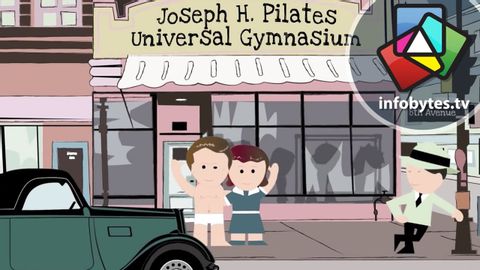普拉提的動畫歷史 (An Animated History Of Pilates)
Sin He Huang 發佈於 2021 年 01 月 14 日  沒有此條件下的單字
沒有此條件下的單字US /tɛkˈnik/
・
UK /tekˈni:k/
- n. (c./u.)技術;工藝;技能;(藝術)技巧
- v.t./i.伸展(肢體等);拉長
- n.伸展;一段路程、區域;物品連續排列;一段時間;階段
US /ˈfɪzɪkəl/
・
UK /ˈfɪzɪkl/
- n. (c.)身體檢查
- adj.身體的;肉體的;物質的;物理的
- n.體育

